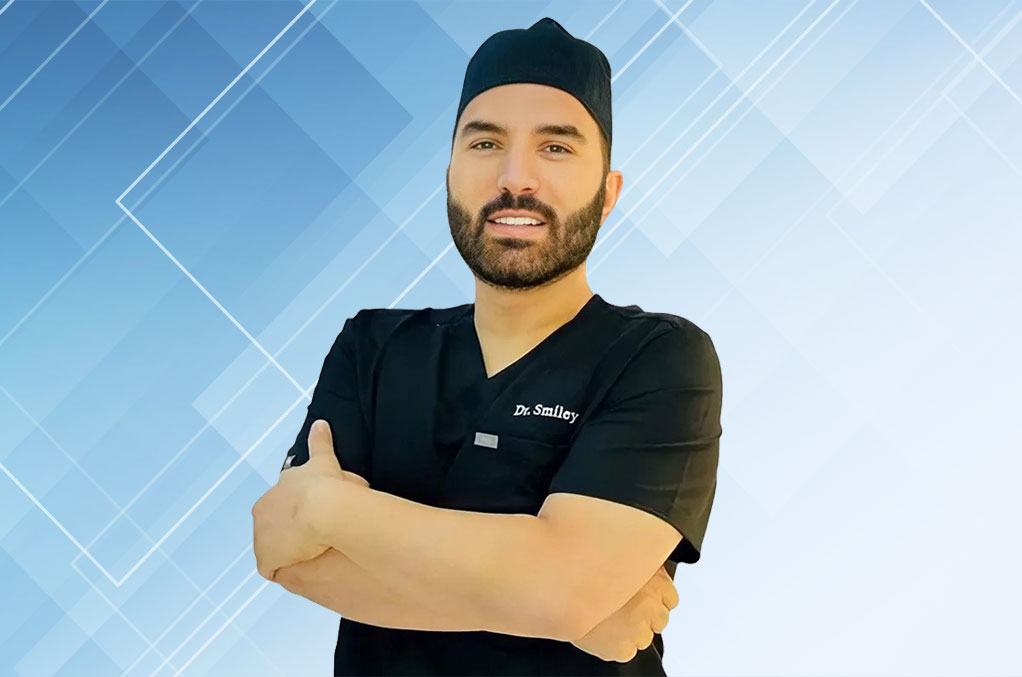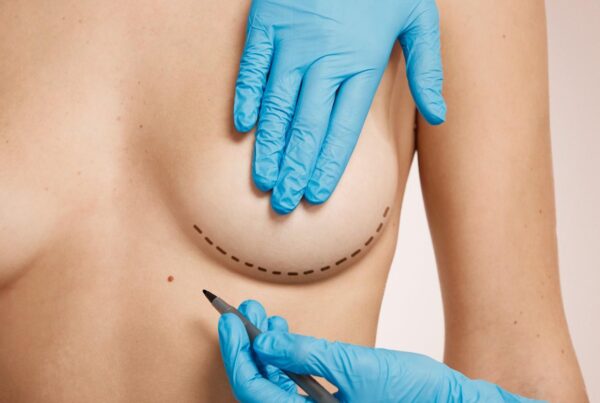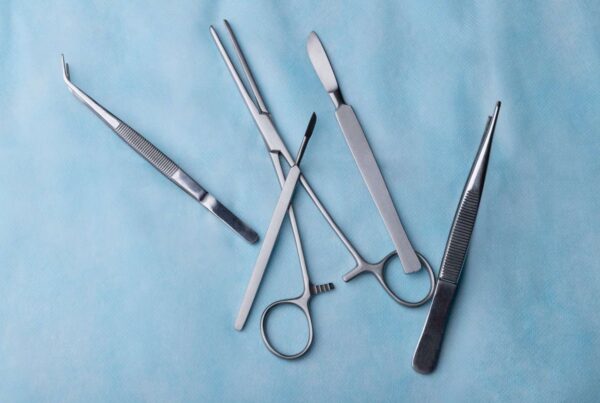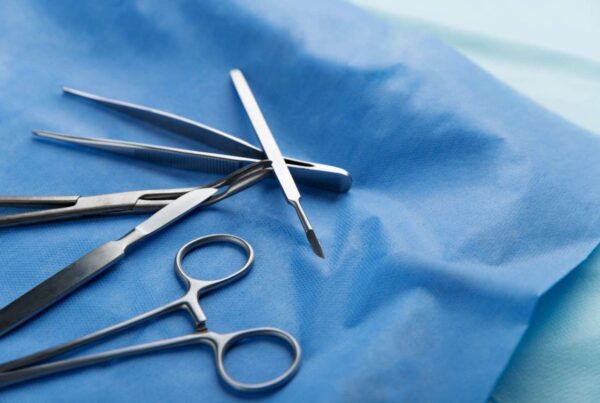Many individuals struggle with body image issues related to excess fat in various areas of their bodies. One particularly challenging area is the lower abdomen and pubic region, commonly referred to as FUPA (fatty upper pubic area). FUPA has many causes and symptoms, but numerous latest solutions for addressing it have been developed. Let’s jump in.
What Is FUPA?
FUPA, or fatty upper pubic area, is a term used to describe excess fat deposits in the lower abdominal region, just above the pubic bone. This area, also known as the mons pubis, is naturally padded with fat to serve as a prominent cushion protecting the pubic bones. However, due to factors such as weight gain, obesity, hormonal changes, or genetics, this area can accumulate more fat than desired, leading to both physical problems and concerns about self-esteem.
What Causes FUPA?
The development of FUPA is primarily associated with overall weight gain and obesity. When you gain weight, your body stores excess fat in various areas, including the lower abdomen and pubic region. However, it’s important to note that FUPA can affect individuals of all body types and sizes, not just those who are overweight.
Factors contributing to FUPA include:
- Poor diet and lack of exercise
- Hormonal changes, especially during pregnancy or menopause
- Genetics
- Age-related changes in metabolism and muscle tone
- Rapid weight loss, which can lead to loose skin in the area
Symptoms of FUPA
While FUPA itself is not a medical condition, it can lead to various physical and psychological symptoms that affect an individual’s quality of life. Some common symptoms of FUPA include:
- Visible bulge or protrusion above the pubic area
- Difficulty cleaning the entire area of skin, which can lead to hygiene issues
- Problems walking or discomfort during physical activities
- Problems in finding clothing that fits properly, especially in the lower abdominal area
- Skin irritation or rashes in the folds of excess skin
- Decreased confidence and negative body image
In more severe cases, particularly in individuals with significant obesity, FUPA can contribute to a condition known as buried penis. This occurs when excess fat and skin in the pubic area partially or completely obscure the penis, leading to additional symptoms such as:
- Difficulty peeing while standing
- Increased risk of urinary tract infections
- Problems in getting an erection or pain during erections
- Difficulty penetrating your partner during sexual intercourse
It’s crucial to address these issues not only for aesthetic reasons but also for overall health and well-being.
Latest Solutions for Getting Rid of FUPA Fat
If you’re looking to address FUPA, there are several approaches available, ranging from non-invasive lifestyle changes to surgical interventions. The best FUPA treatment for you will depend on factors such as the severity of your condition, overall health, and personal preferences. Always consult with a healthcare professional or plastic surgeon near you before pursuing any treatment option.
- Weight Loss and Exercise
The first and most natural approach to rid FUPA is through overall weight loss and targeted exercises. While spot reduction is not possible, losing weight through a balanced diet and regular exercise can help reduce fat throughout your body, including the FUPA area.
Effective exercises for toning the lower abdominal area include:
- Planks and side planks
- Leg raises
- Bicycle crunches
- Pelvic tilts
- High-intensity interval training (HIIT)
Remember that consistency is key, and results may take time to become noticeable.
- Therapy
For individuals struggling with body image issues related to FUPA, therapy can be an invaluable tool. A mental health professional can help you develop a healthier relationship with your body, improve self-esteem, and address any underlying psychological factors contributing to weight gain or body dissatisfaction.
- Non-Invasive Treatments
Several non-surgical options can help reduce fat in the FUPA area:
- Coolsculpting: This FDA-approved treatment uses controlled cooling to freeze and eliminate fat cells.
- Radiofrequency treatments: Devices like ThermiVa use radiofrequency energy to tighten skin and reduce fat in the pubic area.
- Ultrasound therapy: Treatments like Ultherapy use focused ultrasound energy to stimulate collagen production and tighten skin.
While these treatments can be effective for mild to moderate cases, they may require multiple sessions and results can vary.
- Surgical Options
For more significant cases of FUPA, surgical interventions may be recommended. It’s essential to consult with an expert like DR. smiley, a board-certified plastic surgeon in Beverly Hills to determine the most appropriate procedure for your individual needs. Common surgical options include:
Pubic Liposuction
Pubic liposuction is a minimally invasive procedure that removes excess fat from the pubic area through small incisions. This technique is ideal for patients with good skin elasticity and moderate fat deposits.
Monsplasty (Pubic Lift)
A monsplasty, or pubic lift, is a surgical procedure that removes excess skin and fat from the mons pubis area. This technique not only reduces the size of the pubic mound but also lifts and tightens the entire area for a more contoured appearance.
Panniculectomy
For individuals with significant excess skin and fat in the lower abdominal area, often following massive weight loss, a panniculectomy may be recommended. This procedure removes the overhanging “apron” of skin and fat (panniculus) from the lower abdomen and pubic area.
Abdominoplasty
An abdominoplasty, commonly known as a tummy tuck, addresses both excess skin and fat in the entire abdominal area, including the FUPA region. There are several variations of this procedure:
- Full tummy tuck: Addresses the entire abdominal area from the ribcage to the pubic bone
- Mini tummy tuck: Focuses on the lower abdomen below the belly button
- Extended tummy tuck: Includes the flanks and lower back in addition to the abdomen
- Fleur-de-lis tummy tuck: Utilizes an additional vertical incision for more extensive contouring, often used in massive weight loss patients
FUPA FAT Removal – Post-Surgery Recovery and Considerations
If you opt for a surgical solution to address FUPA, it’s crucial to understand the recovery process and potential risks associated with each procedure.
FUPA Liposuction Recovery Time
Recovery from pubic liposuction is generally quick, with most patients returning to work within a week. Swelling and bruising may persist for several weeks, and compression garments are typically worn for 4-6 weeks to promote optimal healing and skin retraction.
Pubic Lift Recovery
Pubic lift recovery involves a slightly longer healing process. Patients can usually return to work within 1-2 weeks, but should avoid strenuous activities and sexual intercourse for 4-6 weeks. Swelling may take several months to fully subside.
Panniculectomy Recovery Time
Panniculectomy recovery time is more extensive, with patients typically requiring 2-3 weeks off work and 6-8 weeks before resuming normal activities. Compression garments are worn for several weeks, and complete healing may take several months.
Abdominoplasty Recovery
Abdominoplasty recovery is the most involved, often requiring 2-4 weeks off work and 6-8 weeks before returning to full activities. Patients must avoid heavy lifting and strenuous exercise for at least 6 weeks, and swelling may persist for several months.

Have additional questions?
We’re here to help. Let’s talk.
Prognosis for FUPA Surgeries
The prognosis for FUPA surgeries is generally positive, with high patient satisfaction rates. However, it’s important to maintain a stable weight and healthy lifestyle to preserve the results long-term. Some patients may experience minor complications such as infection, seroma formation, or unsatisfactory scarring, but these risks can be minimized by choosing a qualified surgeon and following post-operative instructions carefully.
Conclusion
Dealing with FUPA can be challenging, but there are numerous solutions available to help you achieve your desired body contour. From lifestyle changes and non-invasive treatments to surgical interventions, the key is to choose an approach that aligns with your goals, health status, and personal preferences. Remember that true confidence comes from within, and addressing FUPA should be part of a holistic approach to health and well-being. Always consult with healthcare professionals or an expert plastic surgeon like Dr. Smiley to determine the best course of action for your individual needs, and be patient with your body as you work towards your goals.




